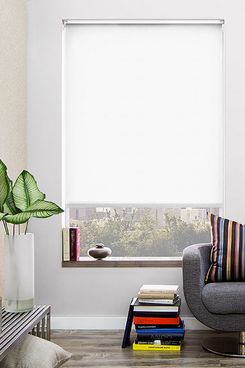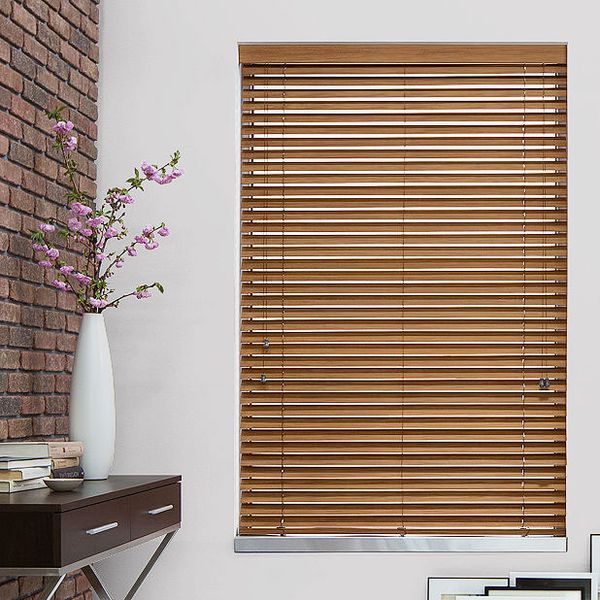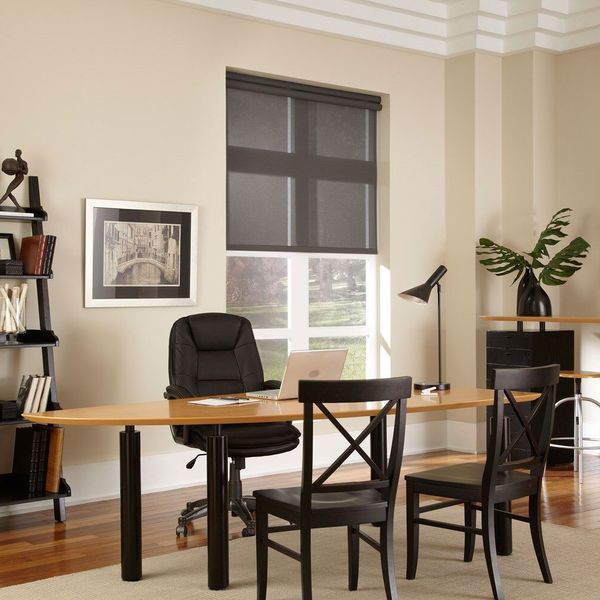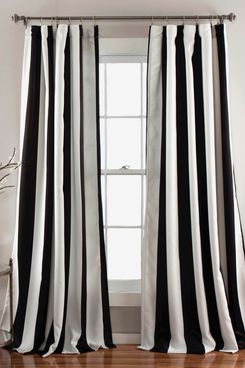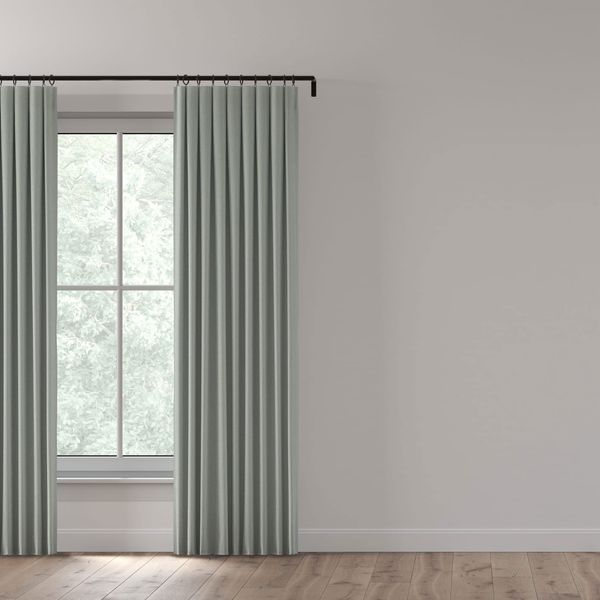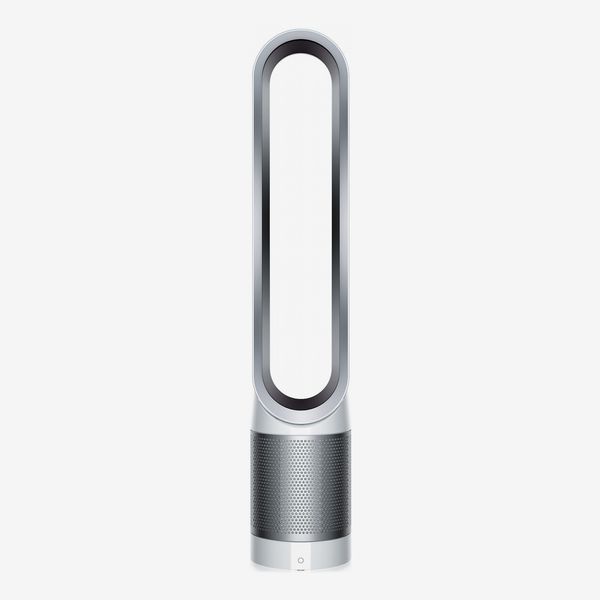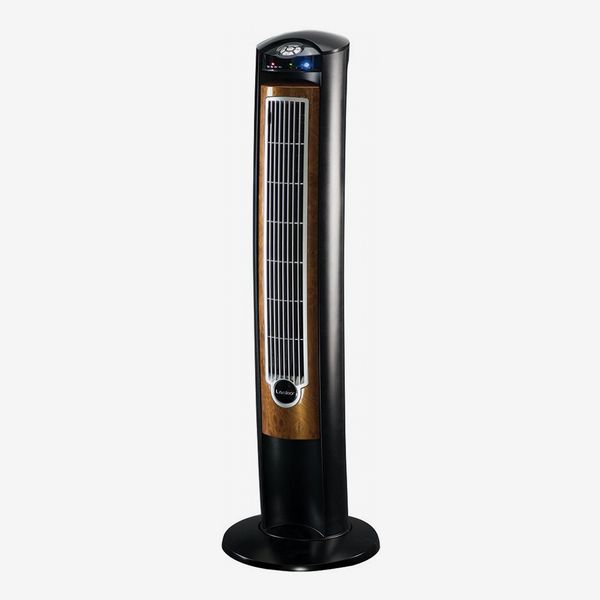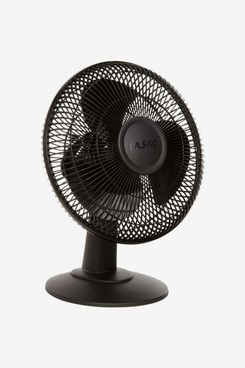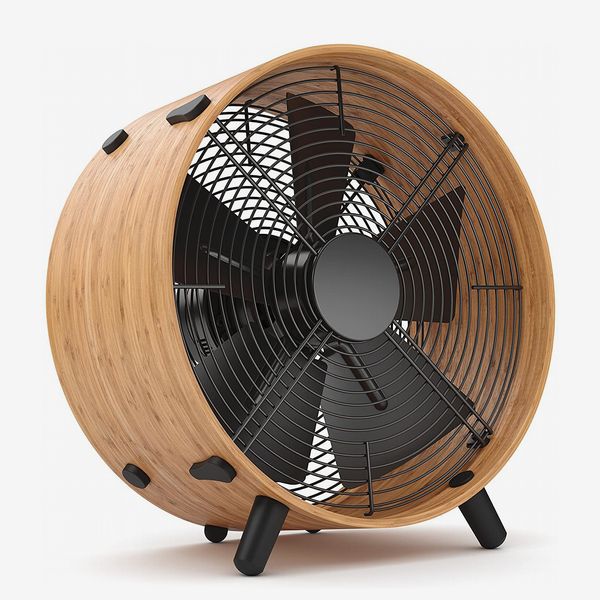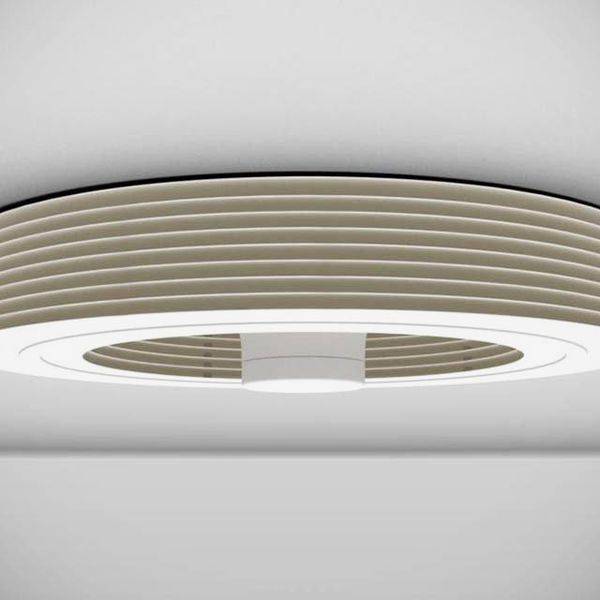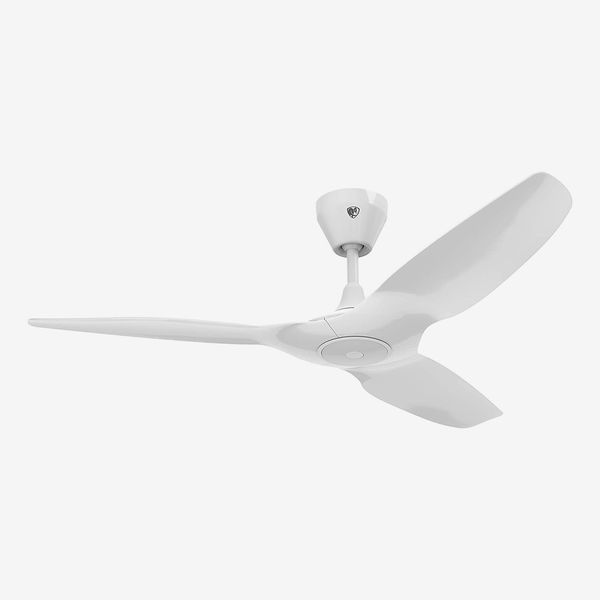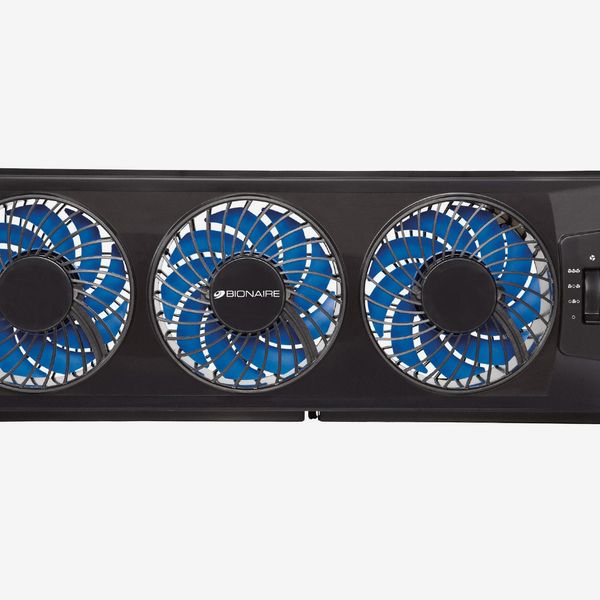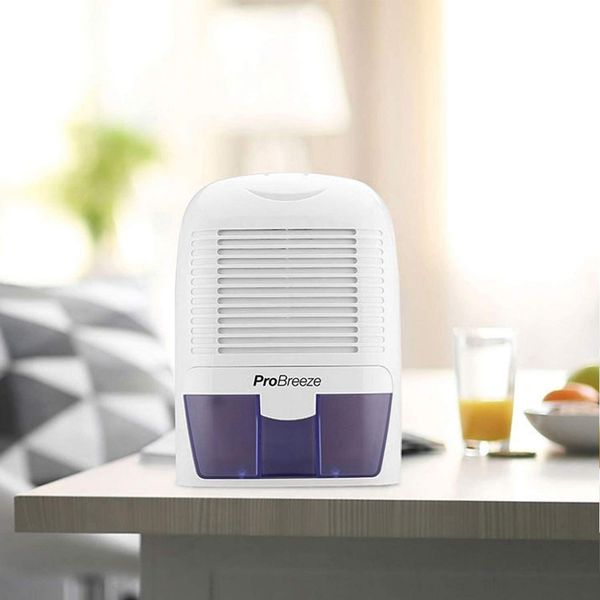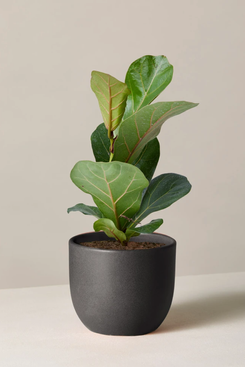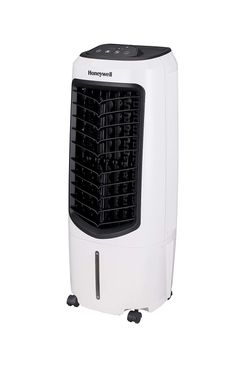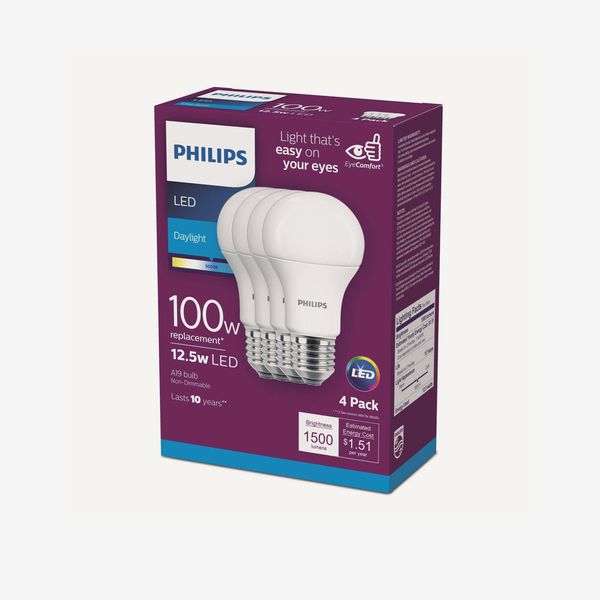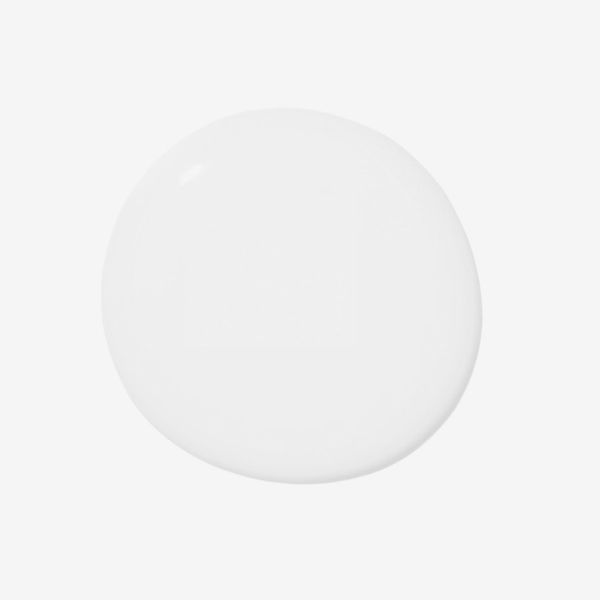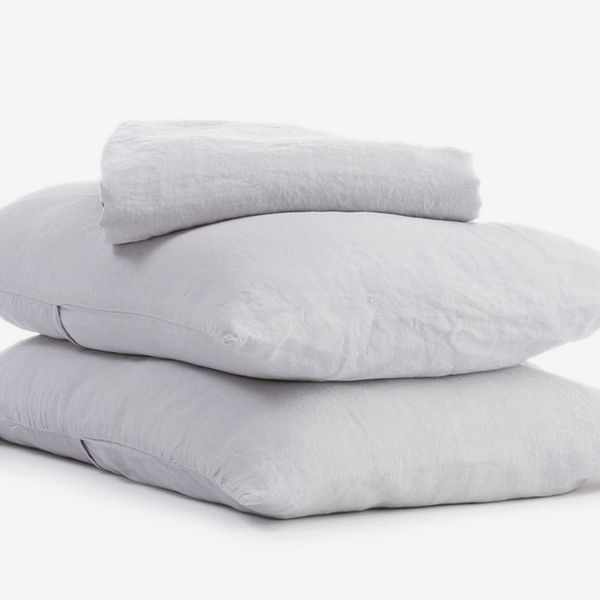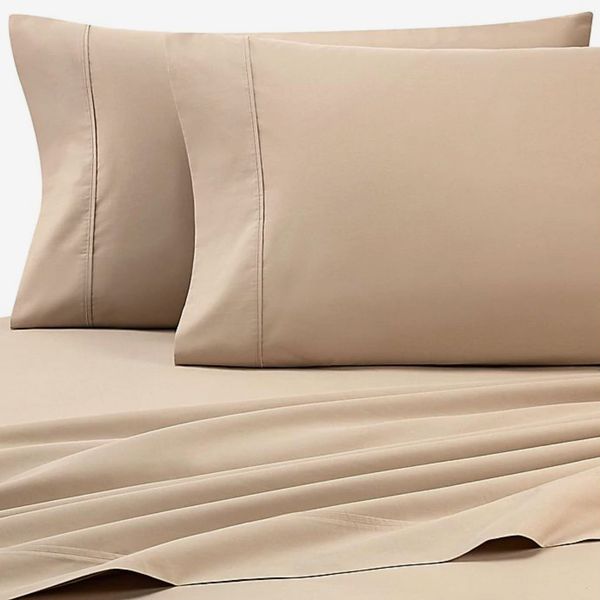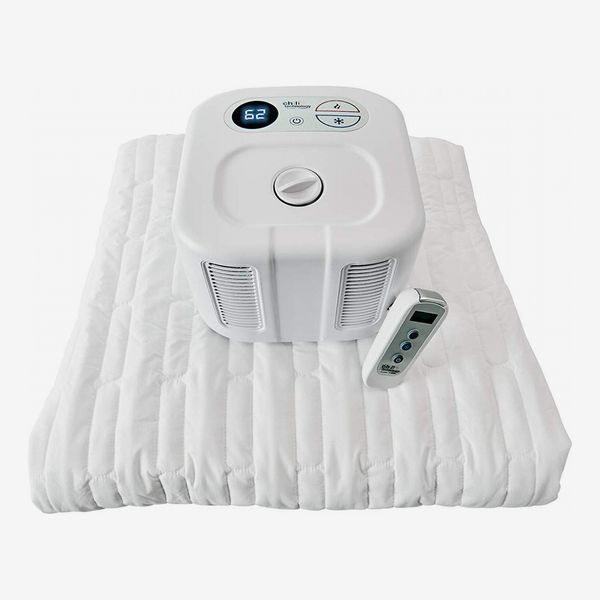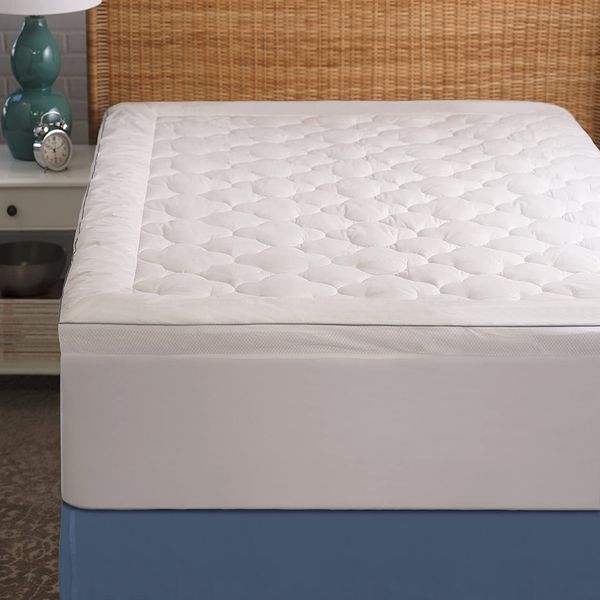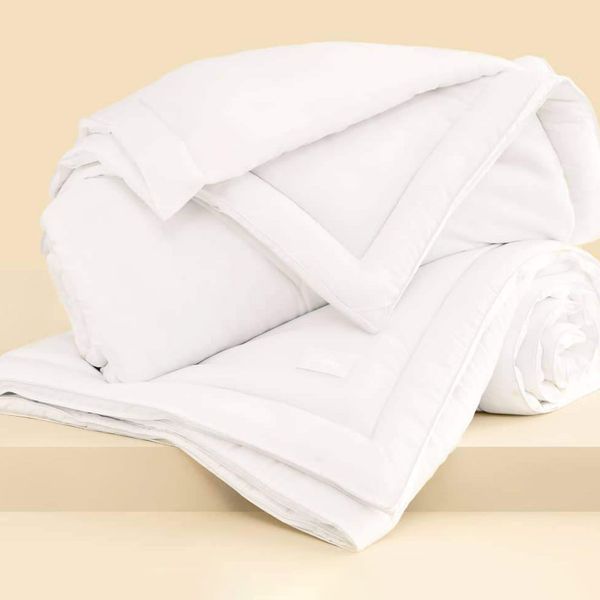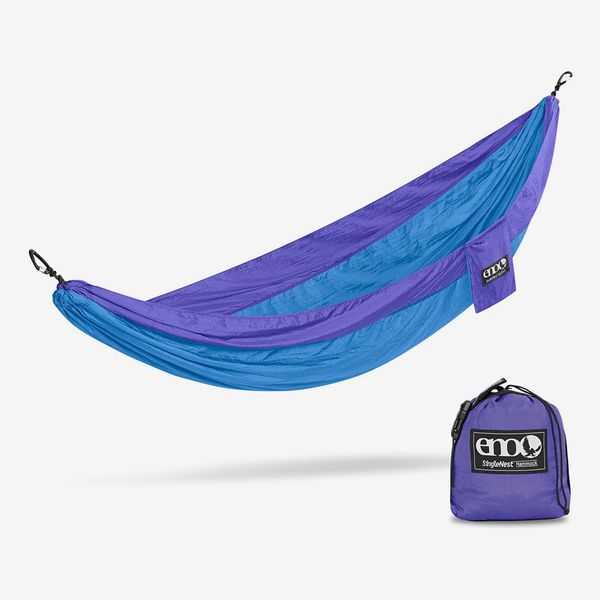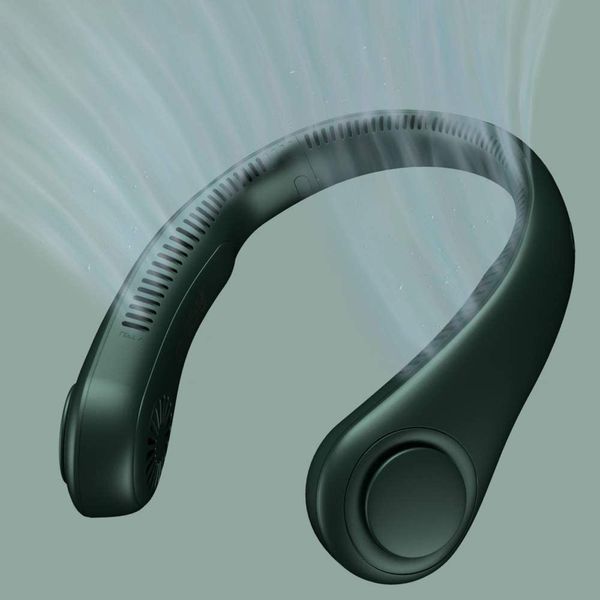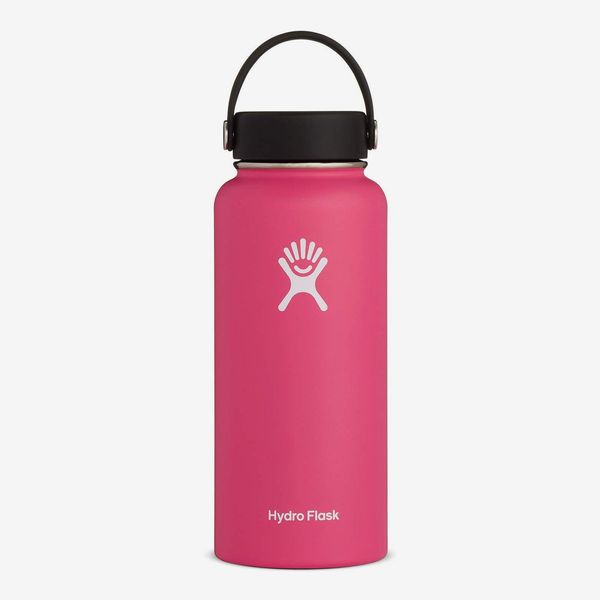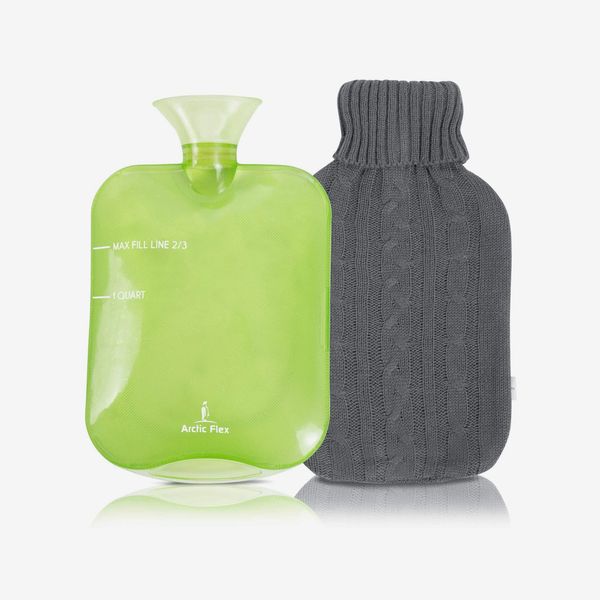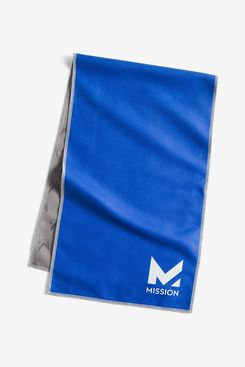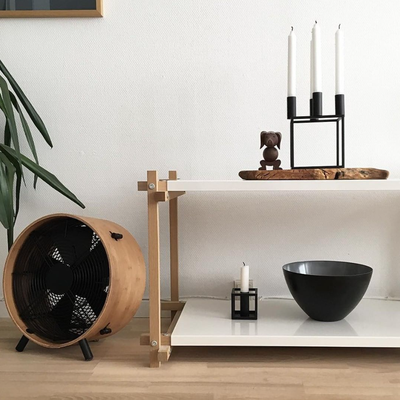
For those without central air-conditioning, the energy cost of an air-conditioning unit is often the most expensive utility bill of the summer. This year, on the heels of a pandemic that triggered record levels of unemployment, and with temperatures already hitting triple digits in the Northwest, those costs could be even more painful. To learn more about ways to keep cool without cranking the AC at full throttle, we asked 15 experts, from interior designers and architects to smart appliance installers and artists in hot places for the alternative techniques they use to keep their spaces — and themselves — cool.
Now, before we get into the products that get them through the warmer months, we also received a number of suggestions about the products not to use. Specifically, we heard from many experts that using large appliances (or simply leaving them on idle) can substantially increase the room temperature of an apartment. That goes for everything from televisions and desktop computers to more essential appliances like dryers and ovens, both of which interior designer Neffi Walker says she only uses at night in the summer to keep her room temperature down. (Speaking of cooking, our experts also said on particularly hot nights, focus on cooling and hydrating foods.)
We also learned that taking note of where the air flows through your apartment, and making sure nothing large is obstructing that flow, will go a long way too. “Large furniture that obstructs breeze is going to prevent your apartment from allowing hot air to flow out and cool air to flow in,” interior designer Alison Petty told us. And if you’re lucky to have windows on multiple sides of your apartment or home, two experts told us to ensure they’re always open at the same time, so an air passage can be created to flow through them. With that in mind, here are the things experts rely on to keep their temperatures (and energy bills) down.
Shades
Eight of our experts told us that adding shades to your window, where most of the heat comes from on a hot day, can have a massive impact on the temperature of your space. Eugene Fiks, the president of Fiks Consultants, which integrates smart products into clients’ homes, told us that shades “reduce the amount of energy being transmitted into a space, so you can keep the temperature constant.” In his words, the effect of having a shade is the “equivalent of putting an ice cube in hot water.”
Seven of the experts who recommended shades specifically mentioned solar shades. “Solar shades are an incredible way to keep the temperatures in your apartment cool during warmer months,” says interior designer Becky Shea, “because they reflect the sun’s heat and glare, but are still transparent so you can see out of your window.” Petty is also a fan, telling us: “They work to keep your space insulated and keep the cool air in.”
While more affordable shades can certainly be found elsewhere, our experts all recommended slightly more expensive treatments they say have the quality to last for years. Two specifically mentioned solar shades from The Shade Store, including interior designer Tina Rich, who says they both “keep the heat out, and protect your floors and furniture.” Walker also uses their shades to keep her own house cool. “They block the heat of the sun, but the light still comes through,” she says. If you’re willing to sacrifice on light to reduce temperatures even further, The Shade Store also sells blackout shades.
Alternatively, interior designer Mikel Welch recommends installing a set of “naturally cooling” bamboo blinds, which do two things at once: block the sun and absorb some of the moisture of hot, humid air thanks to the wood’s wicking properties.
A higher-tech, industry-standard (if more expensive) solar option came recommended to us by Shea and Fiks. Lutron’s motorized solar shades, according to FIKS, “provide ultraquiet motorized shades that can be programmed to independently operate as the sun travels from morning to evening around your house, blocking sunlight from heating up a space in the apartment.” They work, he told us, by using a sensor that detects sunlight and tells the shades to lower as the sun goes around.” While the initial cost might not feel like much of a saving, Fiks tells us there are zero energy costs after you’ve bought the product, compared to blasting AC, as the product is battery powered, and the battery will last “up to 3 to 5 years” before needing to be replaced.
Writing about her favorite heat-blocking curtains, Strategist contributor Alison Freer spotlighted this set, which she uses in her bedroom to match with the space’s “Hollywood Regency–style” aesthetic.
Interior designer Ariel Okin used Everhem’s custom window treatments when she designed the offices of Goop. The brand’s blackout shades are made from linen, a fabric that multiple experts we spoke to praised for its cooling properties. While the price of their custom treatments depend on your dimensions and preferences, Okin says in her experience the brand’s “high-quality, affordable” shades “filter the sun out and keep the room cool.”
Fans
For a more affordable option that will give faster relief than taking the time to upgrade your entire window treatment, four of our experts told us they use fans to keep their spaces cool, with Fiks reminding us that when it comes to your energy bill, “it’s cheaper to use a fan than an AC unit.”
Both Walker and lifestyle journalist Alexa Erickson told us they use this fan from Dyson, which doubles as an air purifier, in their own homes. (It also happens to be a Strategist favorite.) According to Walker, “It’s quick to cool, and it’s also easy on the electric budget.” Erickson told us she uses hers while she sleeps, “so I keep both my body temperature down as well as breathe in cleaner air.”
For a more affordable fan (that is only a fan), Okin told us she relies on this “oscillating tower,” to get her through the weeks before her building turns on its central air-conditioning. It also just so happens to be the best-rated cooling fan on Amazon; click here for 11 other highly-reviewed options.
Merryn Alaka, an artist and jewelry designer, keeps her Phoenix kitchen cool in the heat of summer by running this more compact, affordable fan while she cooks. “Our kitchen is in the middle of the house, and if it gets hot from cooking, it warms up the whole place. We have this on top of the fridge, angled to blow the hot air back down.”
Strategist contributor Lauren Schwartzberg went hunting for the best powerful, non-ugly fan, and found this delightful one from Swiss brand Stadler Form. Its features include steel blades that can be set “to three speeds with a satisfying click of the knob”, adjustable legs to direct the airflow exactly where you want it, and a removable back panel for cleaning.
Interior designer Kesha Franklin told us about a new kind of ceiling fan, which resembles a decorative light fixture. “You’d never know, but inside, there’s a concealed fan.” Even better, Franklin says, the ceiling fan disperses air throughout the room, as opposed to a standing fan, which one person in the room is always going to benefit more from by proximity.
If you’re willing to fork over a substantial amount for energy bill savings for years to come, Fiks told us that he’s been particularly impressed by Big Ass Fan’s product line, which he came across by chance. “We just did a project in Tampa. We were working in the space and they had one of these — it was eighty degrees outside, and the fan alone really cooled the place down.” (Fiks notes that you can also control it from your phone.)
For a fan that takes up no space in the room, and is easy to install, Franklin recommends this skinny, streamlined window fan that sits in your window frame and emits cold air right where the heat is coming in. “It’s also very quiet,” Franklin says, adding that “it has noise-reduction technology and looks very sleek in the window.”
If you have the space for it, interior designer Nicole Gibbons says getting a dehumidifier is also going to make a difference. “East Coast heat especially is so sticky. A dehumidifier gets rid of thick air, which helps cool your space.”
Houseplants
According to Justin Hancock, horticulturist at Costa Farms, plants can reduce the temperature of a room through their breathing process. “It works the same way that an evaporative cooler (sometimes called a swamp cooler) does,” he says. Basically, when you have air moving through a moist substance, it cools the air as the moisture evaporates. People will also reproduce this at home by putting a wet towel in front of their fan. As the air blows through the towel, it cools the air. Plants do the same thing as they breathe.
That’s great news for plant lovers, but not all houseplants cool the air at the same rate. Bigger plants with bigger leaves do a better job of this, “so if you have a collection of a lot of tiny plants, it’s not going to be as effective as if you have a bunch of big plants,” he says. Fiddle-leaf fig plants can grow to be as tall as you and have nice, large leaves, making them a perfect cooling plant.
Evaporative cooler
When temperatures where he lives in Portland, Oregon, reached 110 degrees this summer, Hancock kept the plants in his greenhouse from overheating by simulating an evaporative cooler using a bath towel dipped in a bucket of water and a large fan. But if you’re not scrambling in the middle of an emergency heat wave, the real thing is much better and less messy. Evaporative coolers don’t use as much electricity as air conditioners and emit a moist, cool breeze that mimics wind off the ocean or a lake. They are not the best option for humid climates, but they’re great for desert and other low-humidity regions.
Light bulbs
“Without knowing it, your light bulbs might be causing more heat in your apartment than you think,” Petty told us, with Fiks adding that “if someone is using your average incandescent bulbs, they’re disseminating heat.”
Instead, both said that using (climate-friendly!) LED light bulbs will keep your space far cooler, without having to turn off any lights. If the above example from Phillips recommended by Fiks doesn’t fit your needs, Home Depot has an entire online section for low-heat light bulbs. Another advantage? They’re budget-friendly, too. “Beyond noticing they aren’t going to get as hot, you’ll also notice energy savings on your bill,” Fiks tells us.
Paint
Three experts told us that lighter paint colors are another great way to keep a space cool. According to Okin, “Less pigmented paint colors reflect light and don’t absorb heat, which makes cool-toned hues a good choice for walls.” All three recommend such lighter paints from online paint startup Clare, including their Snowday, Frozen and Headspace colors, but we’re highlighting ‘Fresh Kicks’ here as Rich told us she’s actually painted “her entire apartment” in it, and has found it to be the “perfect, cooling neutral white.”
Bedding
Seven others experts told us they rely on certain cooling fabrics to keep their body temperature down in bed. “You want to stick to fabrics with a looser weave, as opposed to a tighter weave,” says Welch. “It’s like when you’re dressing. In the winter, you wear thicker layers. In the summer, you wear shorts and t-shirts. You should treat your bedding in the same way.” Two told us that linen bedding and upholstery, specifically, has worked wonders for them. “Linen fabrics reflect heat instead of retaining it,” Shea tells us, “so they’ll remain cool to the touch even on a warm summer day.” Alexa is a fan of Parachute’s “breathable, temperature-regulating” linen bed sheets. When we tested 20 linen bed sheets recently, Parachute was named the “best all-around option” for anyone seeking fairly priced linen sheets with some heft.
Two told us that linen bedding and upholstery, specifically, has worked wonders for them. “Linen fabrics reflect heat instead of retaining it,” Shea tells us, “so they’ll remain cool to the touch even on a warm summer day.” Erickson is a fan of Parachute’s “breathable, temperature-regulating” linen bed sheets. When we tested 20 linen bed sheets recently, Parachute was named the “best all-around option” for anyone seeking fairly-priced linen sheets with some heft.
A more affordable, also breathable fabric option is percale cotton, which Alaka tells us have been a game changer. “I use these Heartland Homegrown sheets to keep me cool in summer,” she says. “I immediately felt a difference, the very first night.”
This more intense, actively cooling mattress pad was recommended to us by interior designer Gunnar Larson, who compared the experience of using it to “like having an AC for your bed.” The way the system works, however, is a little smarter than an AC unit, because it bases the temperature of the pad on your body temperature. Because it doesn’t cool when it doesn’t have to, it uses less energy than an air-conditioning unit that blasts at the same frigid temperature through the night. Strategist columnist Chris Black is also a fan, and says that “if you tend to run hot like I do, then you need this contraption. ” As for how to use it with a partner who runs cooler, Black advises: “Strap the pad to your side of the bed, and control the temperature while your partner slumbers away on their side, unbothered. This device could save a marriage.”
Both Gibbons and Welch say a cooling gel mattress topper is going to be better at cooling than bedsheets, because it “actively cools,” according to Gibbons, as opposed to simply being more breathable. As Welch explains, “cooling mattress toppers have a built-in moisture repellent, so they stay cool even as you sweat in bed onto them.”
If you find linen too scratchy, but still want a cooling bedsheet, Larson told us he prefers eucalyptus bedsheets, which are softer than linen, but more breathable than cotton. He particularly likes the set he has from Buffy, a brand we’re familiar with, which he says stay “fresh and cool to the touch” through the week.
Another (admittedly extreme) option is to forgo your bed altogether. “You can use a hammock to allow airflow above and below your body to keep you cool at night,” says Alex King of Nelson Worldwide Architects. According to him, you can even buy a kit that lets you install your hammock “fairly minimally” to your wall structure.
To keep your body cool
Franklin says she’s also seen people use this newer personal fan, which hangs around your neck. “It almost looks like a pair of headphones. There are holes around the perimeter, and the air blows either up or down. You can adjust the settings, too.” (Strategist contributor Alison Freer wrote about how a similar neck fan saved her from 112-degree heat while on vacation in Palm Springs during a heat wave.) Because it only has an impact on the wearer, this could be a great choice for someone who runs a little hotter than the people they live with.
Both Gibbons and Alaka say having a stainless-steel insulated bottle full of cold water nearby at all times is key. According to Alaka, practically “everyone in Arizona” has a bottle from VSCO-girl favorite brand Hydro Flask. “You don’t leave your house without yours here, it keeps your water super cool. The temperature in a car can reach 120 degrees – if you leave your Hydro Flask in there, though, the water will stay just as cool as you left it.”
If frozen, Gibbons tells us, this becomes a cooling pad one can put anywhere on your body, and if filled with hot water, it helps with cramps, aches and pains. “A lot of women use them for period cramps, doctors recommend them if you have head surgery. Everyone should have one.”
King also suggests buying one of these cooling neck towels to keep your body cool without getting your shirt sopping wet. The microfiber fabric holds the cold and moisture longer and slows the natural process of evaporation so you stay cooler longer.
The Strategist is designed to surface the most useful, expert recommendations for things to buy across the vast e-commerce landscape. Some of our latest conquests include the best acne treatments, rolling luggage, pillows for side sleepers, natural anxiety remedies, and bath towels. We update links when possible, but note that deals can expire and all prices are subject to change.
